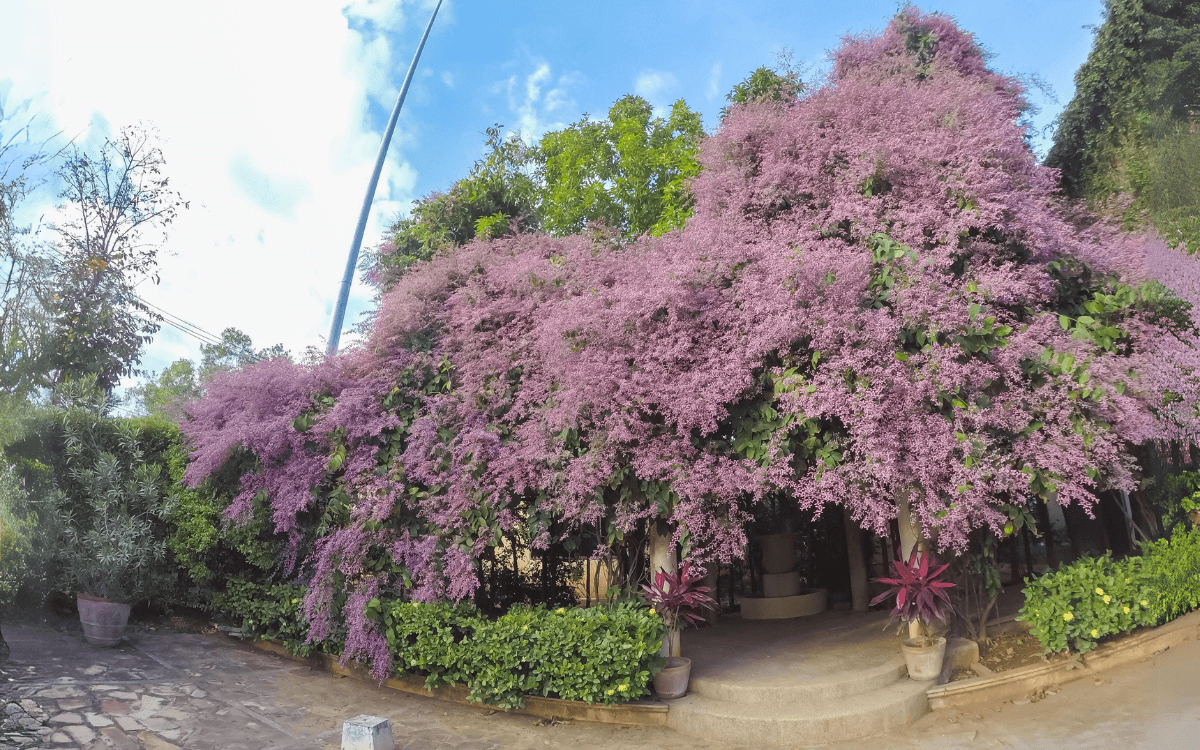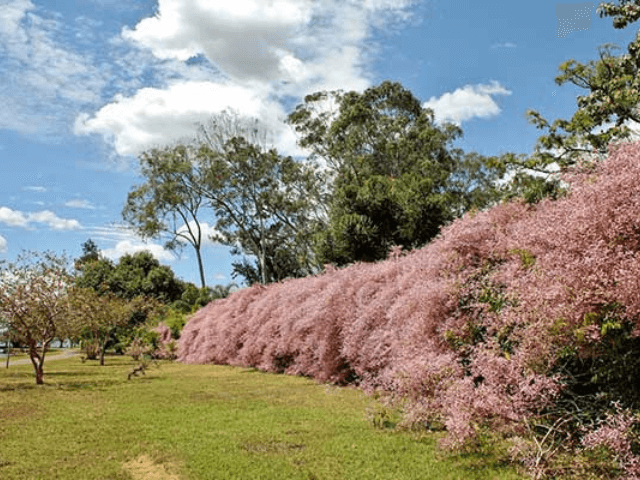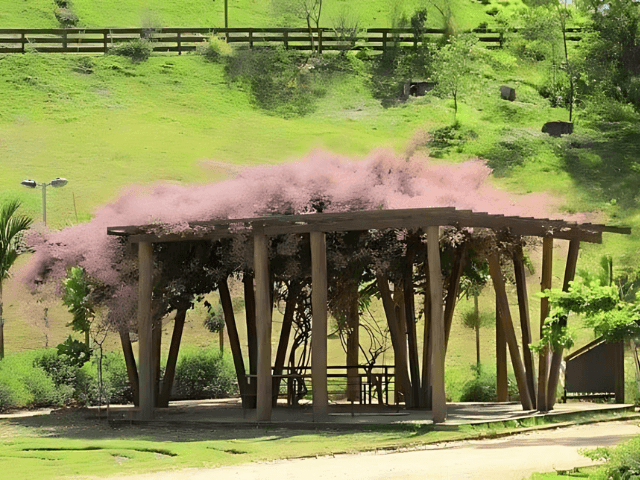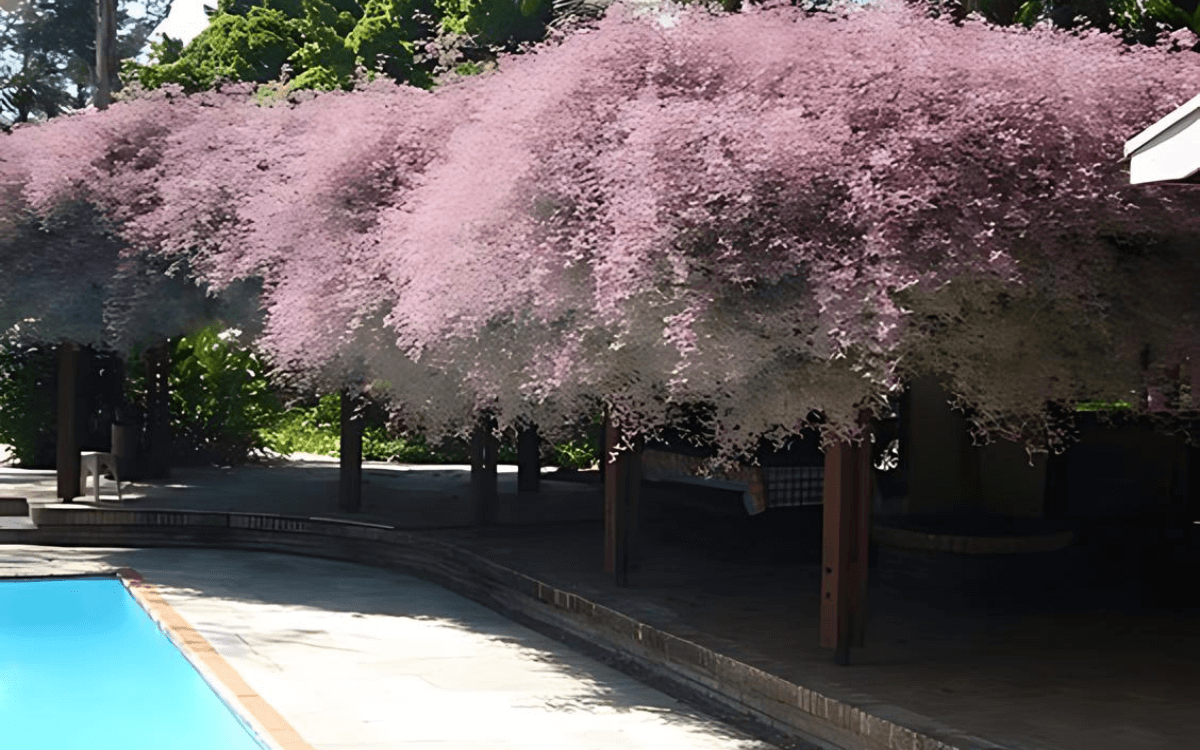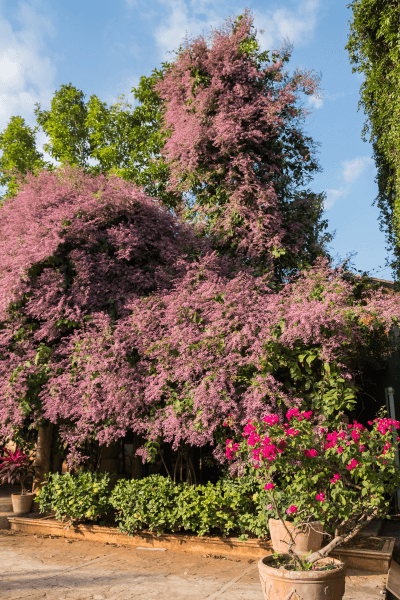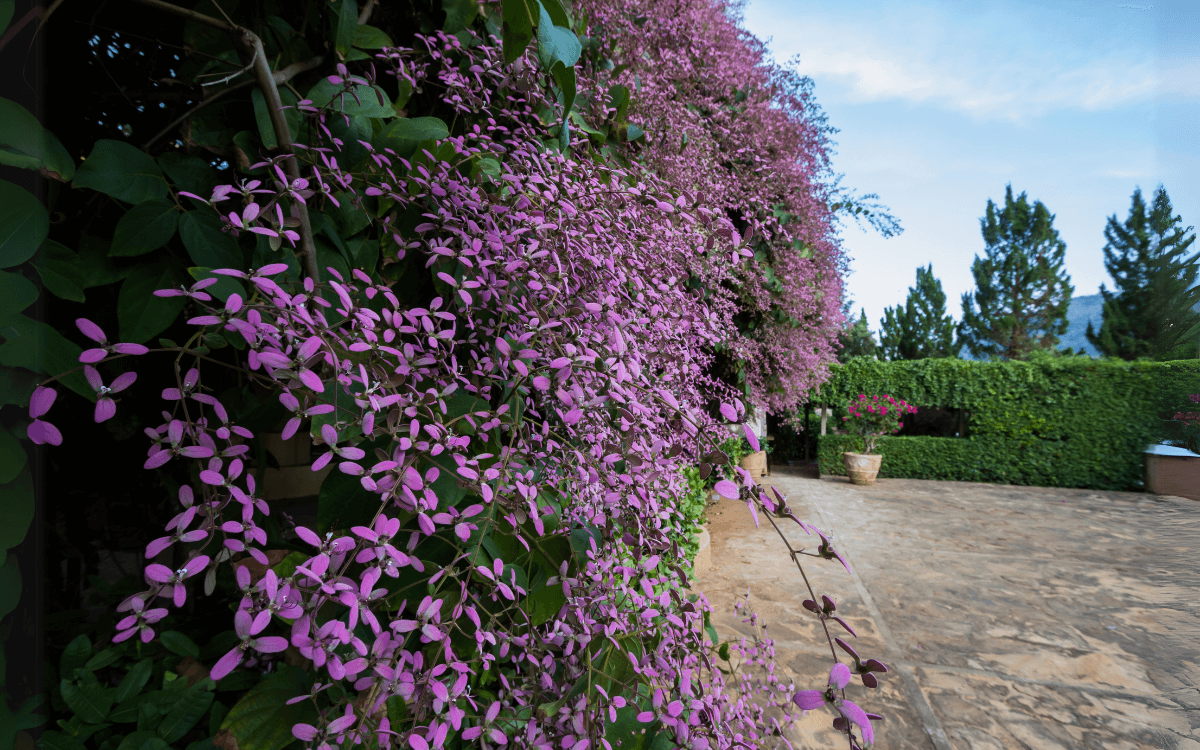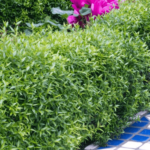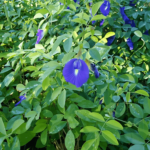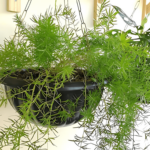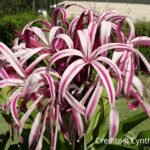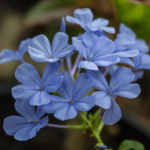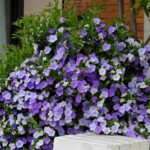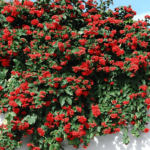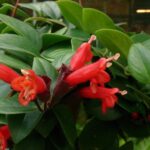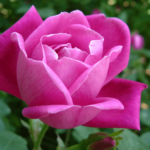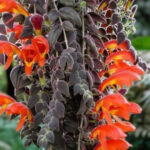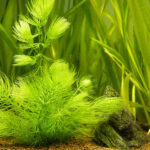Congea tomentosa, commonly known as wooly congea, is a perennial climbing plant that is part of the Verbenaceae family.
Native to regions like Burma, India, Malaysia, and Thailand, this is a plant that stands out for its beauty and adaptability.
Characteristics
The leaves of the wooly congea are simple, oval, and dark green. These leaves provide a beautiful backdrop for the plant’s flowers.
Wooly congea usually blooms in late winter and early spring.
The flowers of wooly congea are small and not very attention-grabbing on their own, but are surrounded by helix-shaped bracts (a type of colored leaf). These bracts start out vibrant pink and change to purple and then to gray as they age.
In addition to its aesthetic value, wooly congea attracts a variety of beneficial fauna, including butterflies and birds, which are attracted both to its flowers and the shelter it provides.
Practical Uses in Landscaping
Congea tomentosa, or wooly congea, is highly valued in the world of landscaping due to its ability to add color and structure to outdoor spaces.
With its climbing, woody nature, this plant is ideal for creating natural hedges and covering structures such as trellises, walls, arches, and pergolas.
Besides offering aesthetic beauty, wooly congea provides dense plant cover that can offer privacy and shade, making it a popular choice for residential gardens and public spaces.
Due to its height, which can reach up to 20 feet (6 meters), wooly congea is perfect for crowning high walls or creating lush tops on pergolas and arbors.
Its robust, voluminous growth allows it to be shaped as needed, adapting to various shapes and sizes of landscapes.
Use in Floral Decoration
In addition to its use in landscaping, wooly congea is also appreciated in floristry.
Its flowers and colorful bracts are often used in bouquets, floral arrangements, and even decorative wreaths, offering a natural and elegant option for decorations at events and ceremonies.
The durability and vibrant color palette of the bracts make arrangements with wooly congea especially popular for outdoor events.
How to Care for Wooly Congea
If you have purchased or received a wooly congea and are looking to learn the necessary care to make it flourish, then keep reading.
Below I will explain in detail what you need to do to be successful in growing this plant.
Adequate Lighting
Wooly congea thrives in locations with abundant lighting, preferably under full sun or partial sunlight.
It is essential to avoid areas with dense shade, as this can inhibit its growth and reduce its flowering rate.
Therefore, when selecting the location to plant your wooly congea, prioritize areas that receive direct or indirect sunlight for several hours a day.
Also read these articles on our website:
- Flaming Glorybower: How to Care and Propagate
- How to Grow and Care for Kalanchoe (With Photos)
- Ficus Pumila (Creeping Fig): How to Care and Propagate
- Orange Jasmine: Curiosities, How to Care and Photos
- Myrtle (Myrtus communis): Characteristics and Care
- Sandpaper Vine (Petrea volubilis): Care and Propagation
Temperature and Humidity
Wooly congea prefers warm climates with good humidity, where it can thrive and bloom abundantly.
However, it can tolerate a wide range of temperatures, provided that the environment remains stable and without extreme conditions.
In regions with colder winters, it is important to protect the plant during the colder months to avoid damage caused by excessive cold.
Avoid exposing the plant to strong winds, as this can damage its leaves and flowers. However, moderate ventilation is appreciated to promote air circulation and prevent problems such as the development of fungal diseases.
Watering
Before watering the wooly congea, it is crucial to check the soil’s moisture level to avoid both excess and lack of water.
This can be done simply:
- Using your finger to feel the moisture of the soil, inserting it a few centimeters deep.
- Alternatively, you can use a toothpick or even a hygrometer for a more precise measurement.
This check will help determine whether the plant really needs more water or if it still retains enough moisture for its development.
During the initial growth phase, wooly congea requires special attention regarding watering, needing the soil to be kept constantly moist, usually watering daily.
Once the plant is well established and more robust, the frequency of watering can be reduced. However, it is still important to keep the soil moist, but without waterlogging.
Ideal Soil
Wooly congea thrives in soils that are well-drained, fertile, and rich in organic matter.
Below are the care you should take with the soil of this plant:
- Adequate Drainage: The soil should be loose and fluffy, allowing water to drain easily. This is especially important to avoid water stagnation around the roots, which can be harmful to the plant’s health.
- Fertility and Organic Matter: Enriching the soil with organic matter such as compost or well-rotted manure not only improves the soil structure but also increases its nutrient retention capacity.
- Soil pH: Wooly congea prefers soils with a slightly acidic to neutral pH, ranging between 6.0 and 7.0.
When grown in pots or containers, wooly congea benefits from a specific substrate for climbing plants or for flowers, which generally includes a mixture of soil, perlite, and peat.
This mixture helps ensure proper drainage and provides an ideal growth environment.
Fertilization
For periodic fertilization of the wooly congea, it is recommended to use balanced fertilizers, such as NPK type with a formulation of 4-14-8. This type of fertilizer provides a good ratio of essential nutrients:
- N (Nitrogen): Promotes healthy, green leaf growth.
- P (Phosphorus): Essential for the development of roots and flowers.
- K (Potassium): Helps with the overall health of the plant and disease resistance.
In addition to chemical fertilizers, it is highly beneficial to incorporate organic fertilizers, such as well-rotted cattle manure or bone meal, which enrich the soil with slow-release nutrients and improve its structure.
When applying any type of fertilizer, whether chemical or organic, it is crucial not to overload the plants with an excessive amount of nutrients, which can be harmful.
How to Plant Wooly Congea
- Location Selection: choose a location that offers the ideal climatic conditions for this plant (already explained above) and also enough space for the plant to spread and grow freely.
- Soil Preparation: before planting, it is advisable to dig a hole that is large enough to accommodate the plant’s root, usually the size of a clenched hand. The ideal soil choice for this plant was also explained earlier in this text.
- Plant Fixation: position the seedling in the hole, ensuring it is well fixed and vertical, to avoid growing with deformities.
- After planting, adequate watering is crucial. Water daily to keep the soil moist, especially during the initial growth stage.
Replanting of wooly congea should be considered when the plant exceeds the size of its current container or when there is soil compaction.
This procedure is ideally carried out in early spring or autumn, after the end of blooming and during the plant’s dormant phase.
How to Prune
Pruning wooly congea is essential to maintain its healthy growth, uniformity, and aesthetic appeal.
Proper pruning not only controls the size of the plant but also promotes denser foliage and more vigorous flowering.
The best time to prune wooly congea is soon after the first leaves begin to dominate the garden space. This usually occurs after the plant recovers from blooming and begins its active growth.
When pruning, cut at least 8 inches (20 cm) from the tips of the branches to encourage branching. This ensures that the plant’s growth is more uniform. Pruning should be done in a way that respects the natural shape of the plant, maintaining the harmony and visual balance of the branches.
Propagation
Wooly congea can be propagated in three main ways: by cuttings, layering, and by seeds. Typically, the propagation of this plant should be done in spring or summer.
Cuttings:
- Preparation of Cuttings: Cut cuttings approximately 3 to 4 inches (8 to 10 centimeters) tall right after flowering. Remove the lower leaves and apply a rooting hormone to stimulate root development.
- Rooting Environment: Place the cuttings in a protected location, such as a greenhouse or under a cover, where they are sheltered from extreme conditions and can develop roots undisturbed.
Layering:
- Preparation: Choose a healthy branch and make a cut on the lower part. Use moss or moist substrate around the cut and wrap it with plastic to maintain moisture and protect the site.
- Rooting: The process allows the aerial root to develop directly on the branch. Once the roots are well formed, the branch can be removed and planted as a new plant.
Seeds:
- Planting: Seed planting is generally carried out in spring. The seeds should be sown in a light substrate and kept moist, in a place with mild temperature and without direct exposure to sunlight.
- Germination: Cultivation by seeds is a slower process, and the plants require constant care until they are strong enough to be replanted.
Pests and Diseases
Mites, Aphids, and Scale Insects
These pests are easily identifiable by the presence of small insects on the leaves and stems, or by the appearance of honeydew, a sticky substance left by aphids.
The use of specific insecticides is recommended to control these pests. It is important to apply these products preventively or immediately upon noticing signs of infestation to avoid greater damage.
Gray Mold and Root Rot
These diseases often manifest as dark spots or a gray coating on the leaves and stems, or as a softening at the base of the plant, in the case of root rot.
Maintaining a good drainage system is essential to prevent these diseases. Avoiding excess water is crucial, as moist environments favor the development of fungi. If the plant is already affected, the use of specific fungicides can help control the disease.
Deficiency or Excess of Nutrients
A lack of nutrients can manifest through yellow leaves, stunted growth, or a lack of flowers. Excess nutrients, on the other hand, can result in burns on the tips of the leaves or spots.
Adjusting fertilization according to the plant’s needs is crucial. It is important to perform a soil analysis to understand which nutrient is lacking or in excess and adjust the fertilization accordingly.
Regularly monitoring your plant, keeping its growing environment clean and well ventilated, and providing the correct care for your wooly congea are the main care you should have to keep this plant healthy.
Do you have any questions? Leave your comment below.

